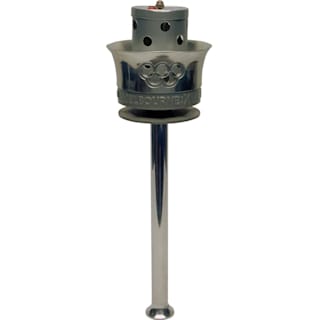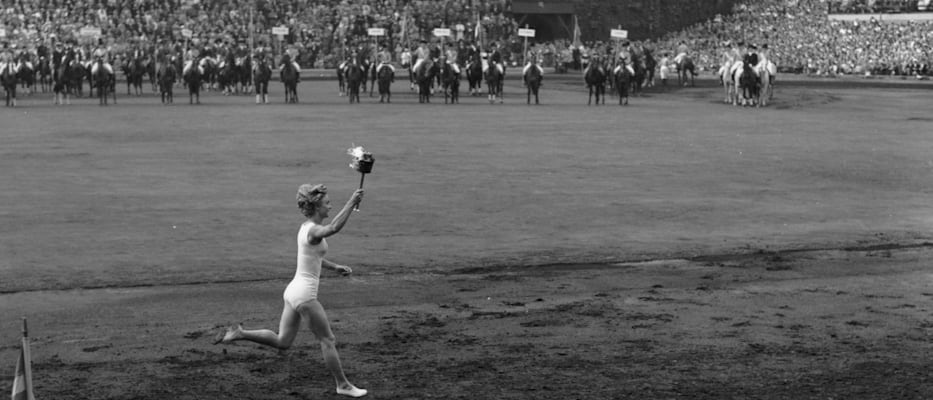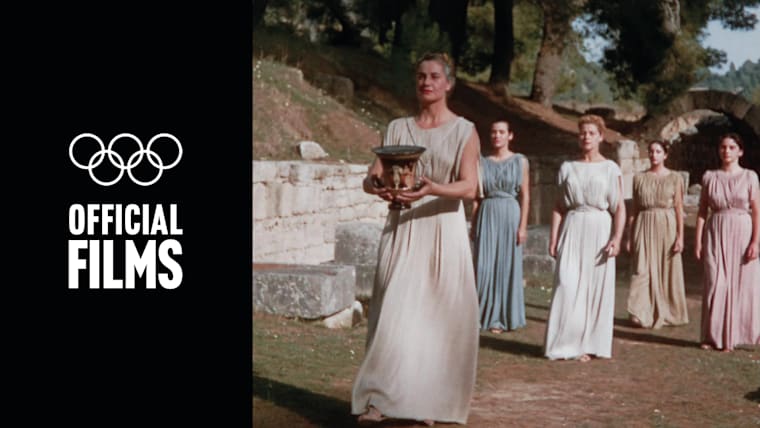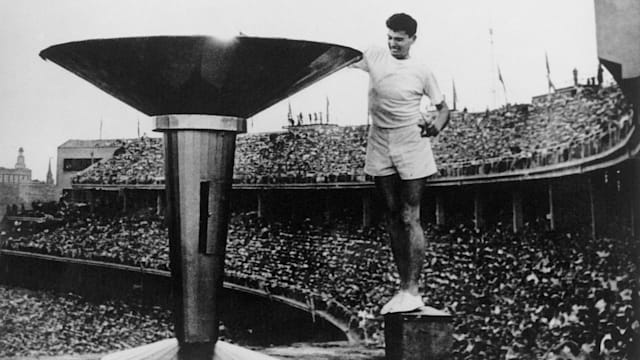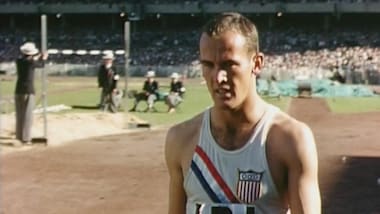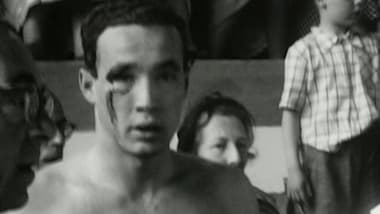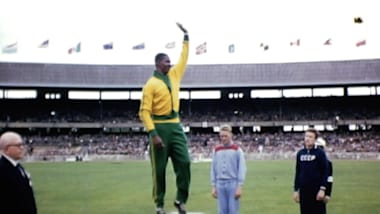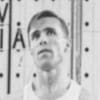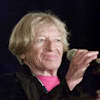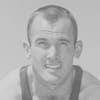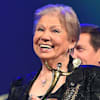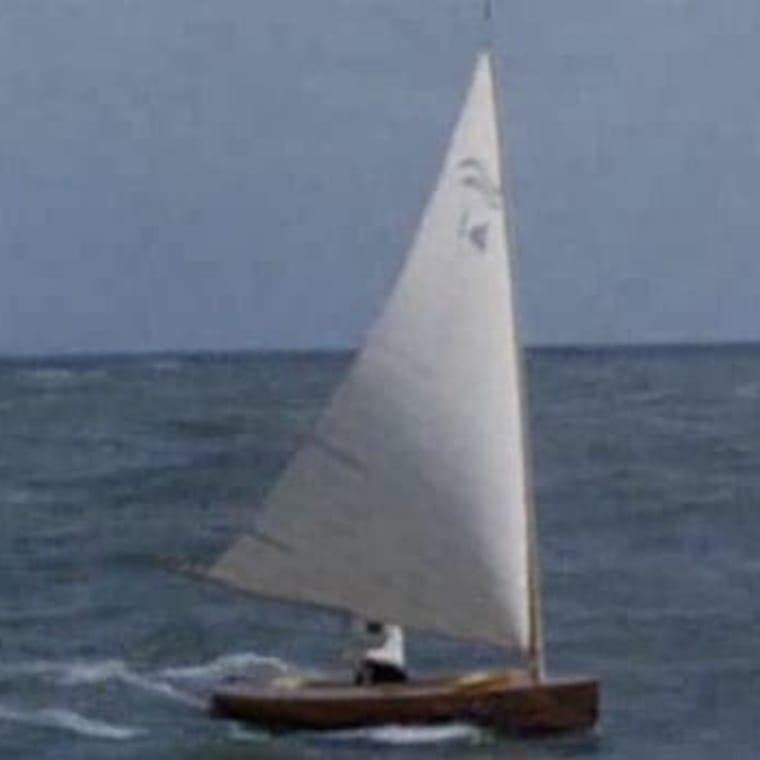Olympic Games Melbourne 1956
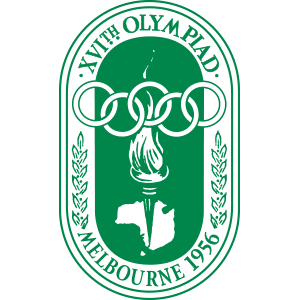
Melbourne 1956
About the Games
O-hosts
Melbourne won the right to host the 1956 Olympic Games by one vote over Buenos Aires.
Great Rivalry
French long-distance runner Alain Mimoun had tasted Olympic defeat on the track three times at the hands of Czech Emil Zátopek. However, in the marathon, it was Mimoun who pulled away to record a comfortable victory. He waited at the finish line for Zátopek, his old friend and great rival, who trotted home in sixth place.
Dominant Team
The U.S. basketball team, led by Bill Russell and K.C. Jones, put on the most dominant performance in Olympic history. They scored more than twice as many points as their opponents and won each of their games by at least 30 points.
Symbol of Unity
Prior to 1956, the athletes in the Opening and Closing Ceremonies marched in alphabetical order by National Olympic Committees. However, in Melbourne, following a suggestion by a young Chinese apprentice carpenter living in Australia named John Ian Wing, the athletes entered the stadium together during the Closing Ceremony as a symbol of global unity.
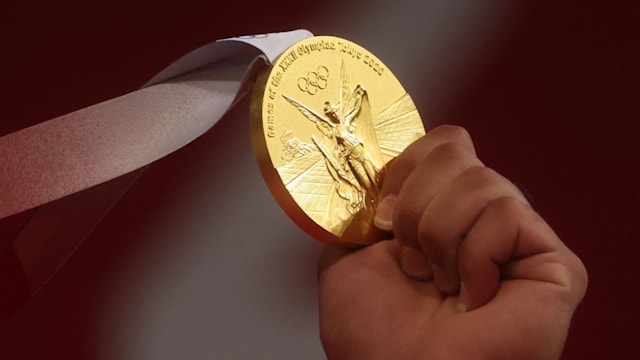
Medal Table
See the list of teams and medals won by each.
1956
Featured Athletes
Replays from
Melbourne 1956
All Replays1956
Discover the Games
The Brand
A visual identity is developed for each edition of the Olympic Games.Brand

The Medals
Beginning as an olive wreath, medal designs have evolved over the years.Medals
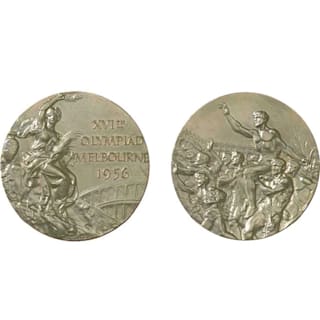
The Torch
An iconic part of any Olympic Games, each host offers their unique version.Torch
